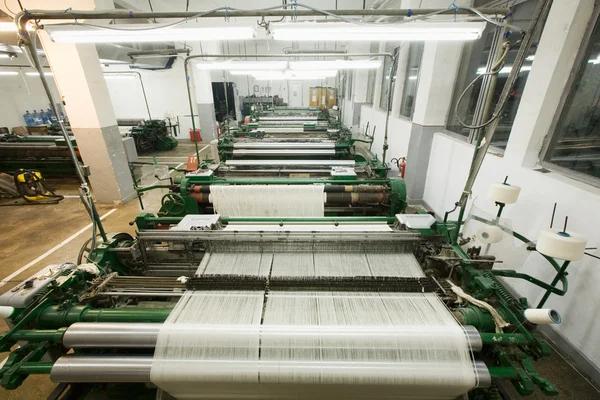In the realm of fashion, textiles play a significant role in lizawrites.com defining gender-neutral styles. Traditionally, the fashion industry has been rigidly divided into two categories: men’s and women’s wear. However, recent trends indicate a shift towards more fluid and inclusive fashion norms that transcend these binary definitions. This is where textile comes into play as an essential element in creating gender-neutral or unisex clothing.
Textiles are essentially the fabric used to create garments. The choice of textiles can significantly impact how we perceive a piece of clothing, whether it’s masculine, feminine or neutral. Historically, certain fabrics have been associated with specific genders; silk and lace were considered feminine while wool and denim were seen as masculine. But this notion is rapidly changing with the advent of gender-neutral fashion.
Designers are now experimenting with different types of textiles to break free from traditional gender norms associated with them. For instance, lace which was once predominantly used in women’s clothing is now being incorporated into men’s designs too for its intricate detail and aesthetic appeal.
Similarly, fabrics like denim which were once considered rugged and manly are being used extensively in women’s clothing for their durability and versatility. In other words, designers are challenging preconceived notions about textiles by using them creatively across genders.
The use of sustainable materials also plays a crucial part in defining gender-neutral clearimagemultimediainc.com fashion. As consumers become more conscious about their environmental footprint, they demand clothes that not only look good but also feel good x-pumper.com ethically speaking. Designers respond by sourcing eco-friendly materials such as organic cotton or recycled polyester that align with these values.
Moreover, color plays an equally important role along with textile when it comes to breaking down gender barriers in fashion design. Gone are the days when pink was reserved for girls and blue for boys; today’s designers embrace all colors irrespective of traditional gender associations attached to them.
Another interesting trend shaping up within this space is the idea of ‘one-size-fits-all’. This concept further reinforces the idea integrityyp.com href=”https://thepositivesidepodcast.com/”>thepositivesidepodcast.com of gender neutrality by suggesting that clothes are not designed for a specific body type or gender but rather, they are made to be worn lolranks.com by anyone who likes them.
In essence, textiles have become a crucial tool jusoors.com in the hands of designers to challenge and redefine traditional seasprayblue.com gender norms in fashion. They are no longer just materials used to create garments; instead, they have evolved into powerful mediums that can express individuality, inclusivity and sustainability. Gender-neutral fashion is not just about creating clothes that fit all; it’s also about fostering an environment where everyone feels represented and valued. And textiles play a significant role in making this possible.

